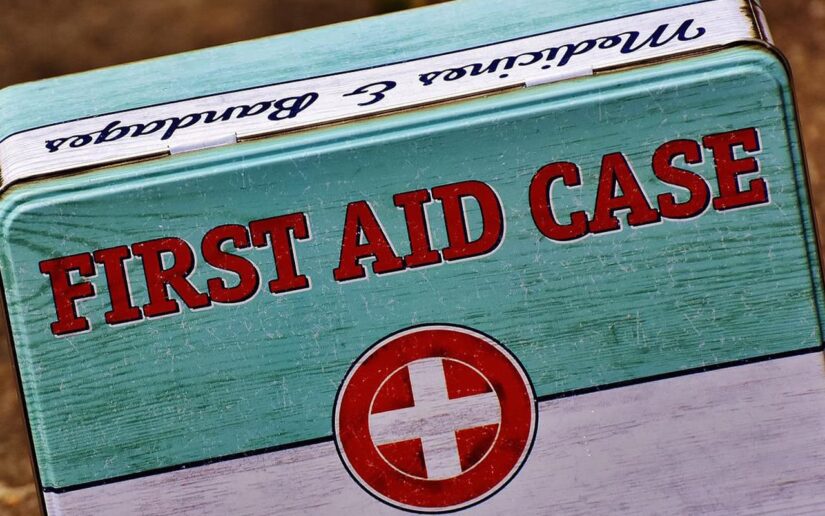I will help everyone
Duration of the course: 16 hours.
Purpose: To teach the public to provide First Aid to adults, children and infants for emergencies, injuries, bleeding, exacerbations of diseases and other health problems.
For whom: for people of any occupation over the age of 16.
Course format: 40% theory + 60% hands-on exercises practicing First Aid skills.
Course Topics.
Introduction:
- registration, introductions (introduction of instructors and trainees);
- Course outline, breaks, course goals and objectives.
Introduction:
- What is First Aid;
- Legal aspects of First Aid;
- Personal safety when administering First Aid;
- basics of psychological support.
- Algorithm (steps) of First Aid:
- Examination and assessment of the safety of the scene;
- examination of the victim (determination of life-threatening factors);
- Calling an ambulance and the work of this service;
- providing First Aid.
The victim is unconscious (breathing is present):
- checking the presence of consciousness;
- ensuring airway patency;
- checking breathing;
- recovery position;
- First aid for total and partial loss of consciousness (fainting).
Basics of human anatomy and physiology:
- Summary of human organs;
- Respiratory system;
- circulatory system.
Respiratory and cardiac arrest:
- Causes of cardiac arrest;
- cardiopulmonary resuscitation (CPR) for adult, child, infant.
Bleeding and shock:
- types of bleeding;
- methods of stopping bleeding, applying a pressure dressing;
- First aid for traumatic amputation of a limb;
- First aid in case of nasal bleeding;
- First-aid for internal bleeding;
- Shock, symptoms of shock, antishock measures.
Wounds:
- Classification of wounds;
- First aid, including wounds with foreign bodies;
- First aid for wounds to the eyes, head, chest, abdomen…
Burns:
- Classification of burns;
- First aid for different types of burns (thermal, chemical, solar, electrical).
Traumas of the musculoskeletal system:
- Types of injuries, symptoms;
- First aid for minor injuries;
- Application of splints and fixation bandages;
- traumas of the head and spine.
Transportation (transfer) of the victim:
- When it is necessary to transport a casualty;
- methods of transporting the victim.
Poisonings:
- The ways in which a poisonous substance enters the body;
- First aid for all types of poisoning.
Acute conditions and exacerbations of diseases:
- diabetes;
- epilepsy;
- heart attack;
- stroke…
Topic of choice (as agreed).
Situational tasks:
- playback of several emergency situations on the passed material;
- discussion, correction of mistakes.
Summing up the course.
